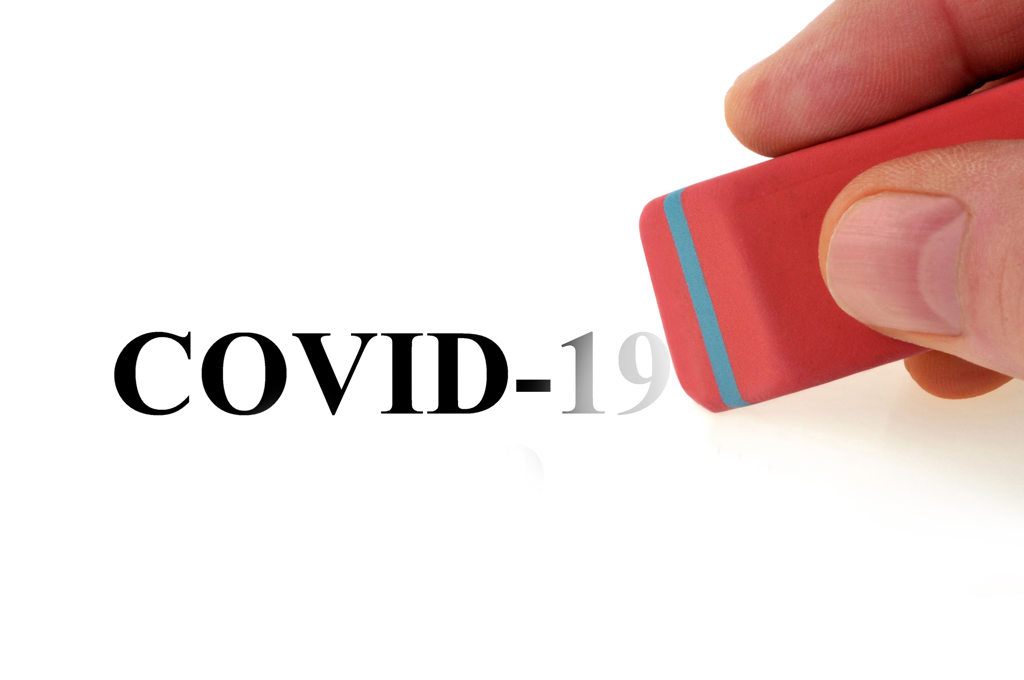What the End of the Pandemic Emergency Means For You

The World Health Organization (WHO) declared the end of the COVID-19 global health emergency on May 5, and on May 11 the U.S. government lifted the COVID-19 emergency. What does this mean for you? What is changing? What will stay the same?
Before examining what the end of the emergency means, it is important to note that COVID-19 is not over. According to the Centers for Disease Control and Prevention, more than 1,000 people are still dying of COVID-19 in the United States each week.
“COVID-19 has not gone away,” said Trina Abla, DO, MBA, Chief Medical Officer at Penn Highlands Healthcare. “It is still very much with us, affecting thousands of people every day. We must continue monitoring for new variants and focus on protecting the most vulnerable individuals in our communities.”
COVID testing
One of the biggest changes is that many individuals with private insurance will no longer be eligible for free at-home testing kits. During the emergency, households could order eight free at-home tests every month. The lifting of the emergency means that most individuals with private insurance will now have to pay full price for tests at their local grocery stores and pharmacies. You may also have to pay a copay for a doctor-ordered PCR test.
Generally, individuals on Medicare will still be able to receive free doctor-ordered PCR and antigen tests, although they will have to pay for at-home test kits. Individuals with Medicaid will have access to free testing until 2024.
If you cannot afford to pay full cost, you may be able to access free tests at a health clinic, community health center, public health department, library or other local organization.
If you still have some of the free tests that you have not used, be sure to check the expiration date before using them. Some tests have a shelf life of 24 months, while other tests are only good for six months. The expiration date for some tests have been extended beyond what is printed on the packaging. You can check the expiration dates www.fda.gov and search for “At-Home OTC COVID-19 Diagnostic Tests.”
Vaccines and Paxlovid
COVID-19 vaccines and Paxlovid, which is used to treat COVID-19, will remain free while the government has a supply. This may change at some point, however. If the government exhausts its stockpile of Paxlovid and it moves to the commercial market, people with private insurance may have to pay a copay. Vaccines should remain free to those with private insurance as long as they receive them from an in-network provider.
Individuals on Medicare are still eligible for free vaccines. In addition, access to Paxlovid has not changed with the lifting of the emergency. People on Medicaid are eligible for free vaccines as well as free treatments until 2024.
Telehealth
The emergency orders gave healthcare providers greater flexibility in providing telehealth services. Fortunately, the vast majority of current Medicare telehealth flexibilities will remain in place through December 2024. Medicare recipients can also permanently use telehealth for behavioral and mental health care.
People at high risk
People at a high risk for severe COVID should continue to use all of the available resources, including vaccines and boosters.
“Individuals will need to make an assessment about their level of comfort,” said Dr. Abla. “For some, this may mean continued use of high-quality, well-fitting masks in crowded indoor spaces or asking family members to be tested before get-togethers.”
Penn Highlands Healthcare offers COVID-19 testing, vaccinations, resources and treatment. To learn more, visit www.phhealthcare.org/coronavirus.
